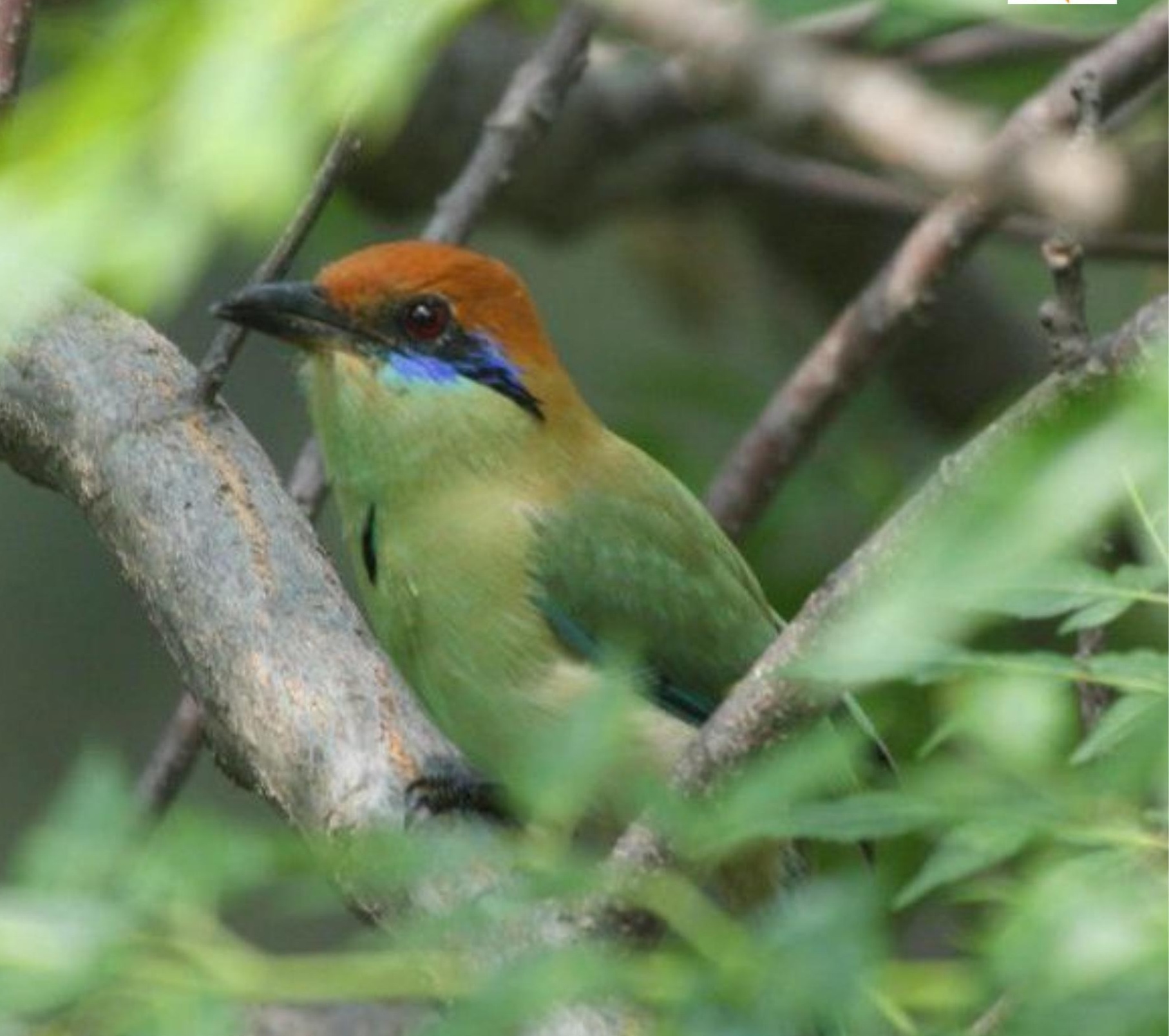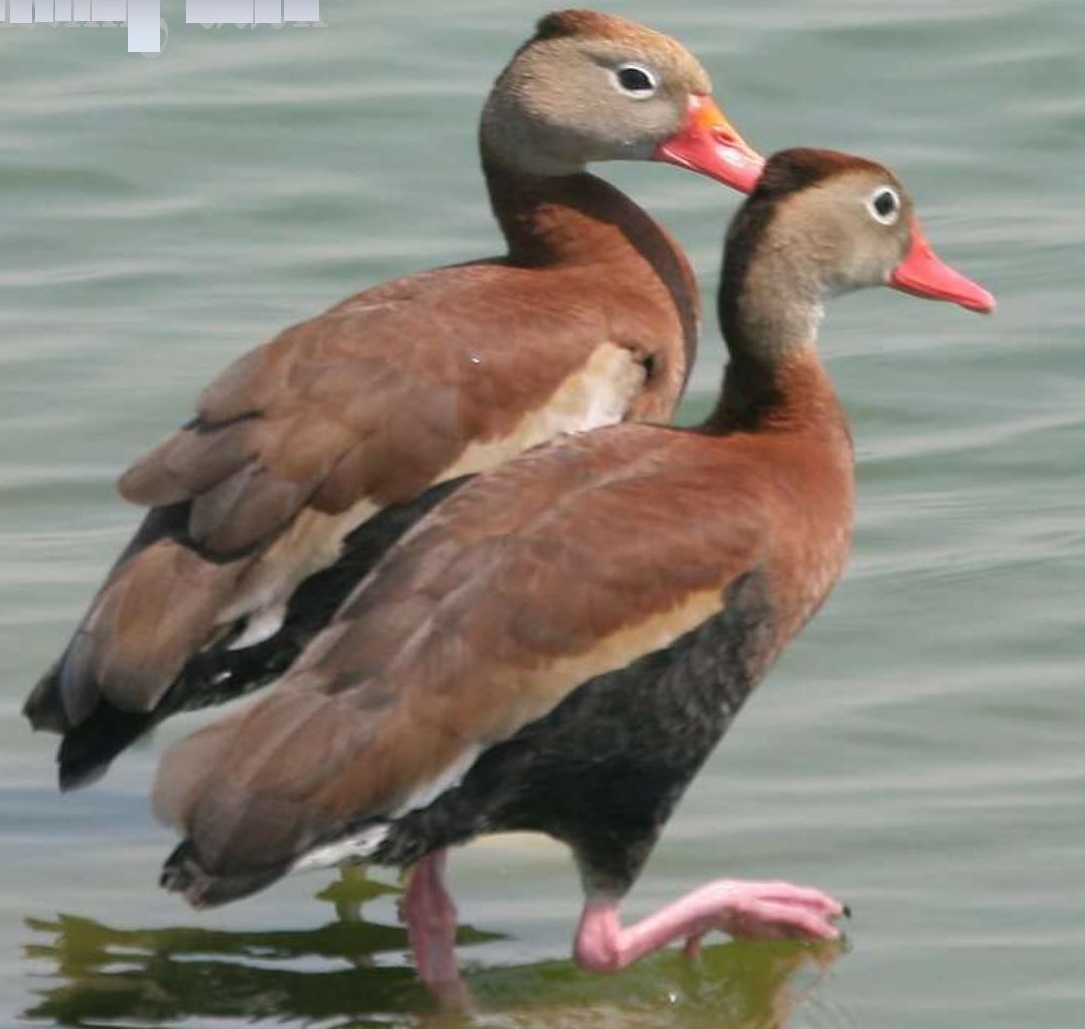By Howard Platt from the March 2010 Edition
 MOMOTUS MEXICANUS
MOMOTUS MEXICANUS
Motmots are permanent residents of the American tropics, but they appear reasonably happy to share their home with the many migrant birds that just come down for the winter, even us “snow-birds”.
They are closely related to kingfishers, and have many of the same habits.
– they sit on low branches for hours waiting to see food;
– when they see small prey such as an insect or lizard they will dart down and grab it in their heavy beaks and return to their perch.
– they make their nests by burrowing into banks; Motmots have colourful plumage and most have long tails. The barbs towards the end of the two longest tail feathers are weak, and either wear off as a result of tunnelling or fall off during preening. The effect is that they appear to have pompoms at the end of their tails.
One very unusual behaviour is that the birds will wave their tails from side to side when they see a predator such as a feral cat. Research indicates that the waving is not an alarm signal but just acknowledgement that they have seen the predator
– much like saying “OK, I have seen you so you might as well hunt elsewhere as I will fly away if you come any closer”.
The major threat to them is their wonderfully coloured plumage which leads to them being trapped and sold into captivity. Perhaps the development of areas such as the Santiago peninsular into gated communities with some large homes and extensive gardens may be helpful for the survival of the Motmot. Most of the time the homes are unused and the birds have the run of the gardens, and within the gated community they are safe from hunters.
Next time you have the opportunity to walk around a wooded area, watch the branches ten to fifteen feet above the ground and maybe a wagging tail will draw your eye to a pretty bird.
Download the full edition or view it online




You must be logged in to post a comment.